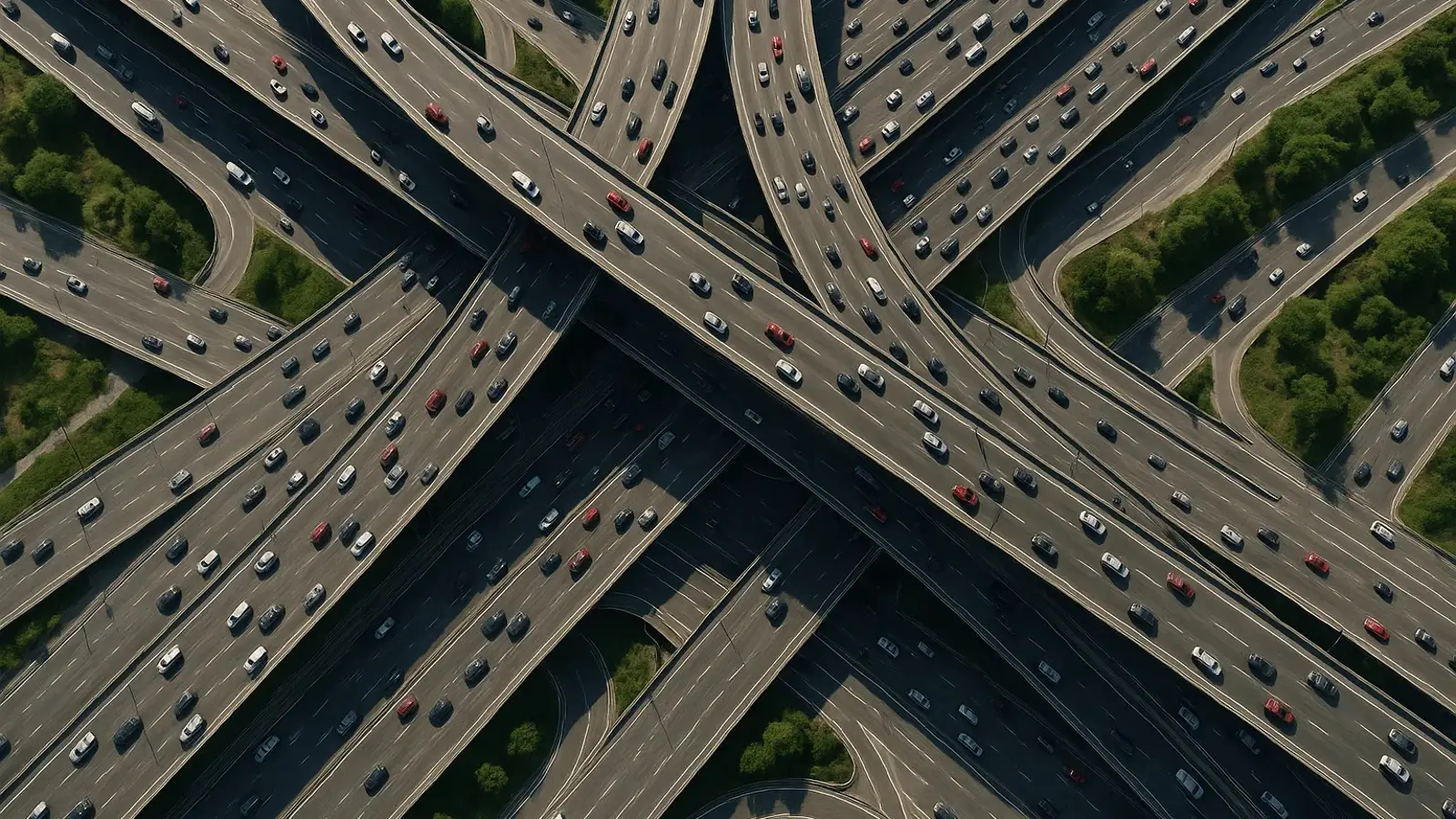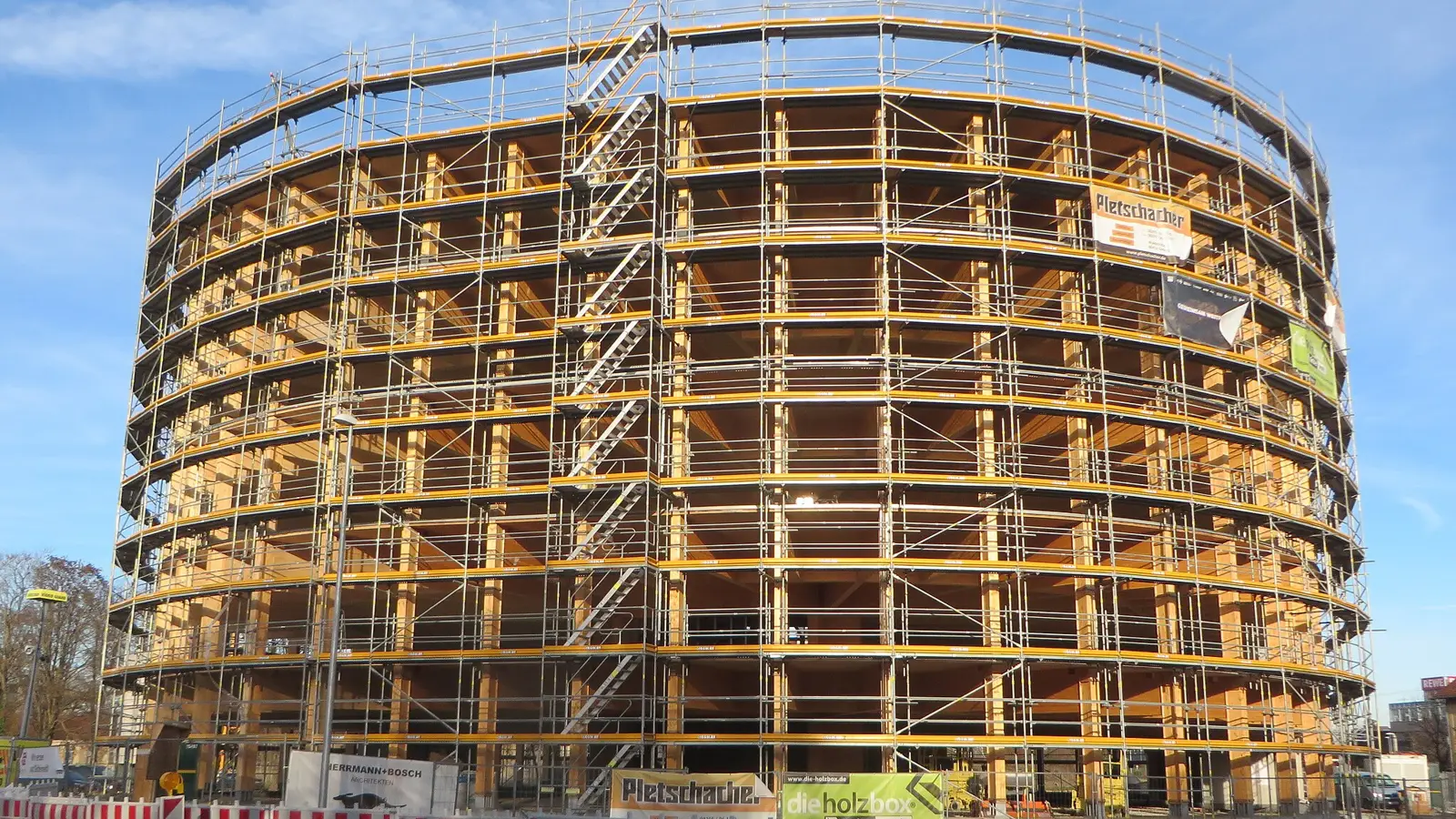Articles
How Automobiles Transformed Urban Architecture — From Parking Lots to Highways

Discover how cars reshaped modern cities — from the rise of highways and parking mandates to today’s shift toward human-centered design and urban renewal.
The car, at first glance a mere transportation machine — yet in urban architecture it has become a powerful “sculptor” of space. From the width of highways to the footprint of parking lots, from building facades to courtyard voids — the impact of the automobile on the city is undeniable. And today, as cities begin to live differently, this legacy is being re-examined.
When in the mid-20th century highways were carved through city blocks and minimum-parking standards became standard, architecture and urban planning adopted new rules: streets widened, facades simplified, inner courtyards vanished beneath slabs of asphalt. Federal programs and reports in 2025 note that these structures, born in the era of the “car-centric” city, are now undergoing transformation.
One of the most significant undercurrents is parking. Minimum parking mandates became a familiar norm: a building must provide N spaces or it won’t be approved. But official U.S. documents from early 2025 now call for eliminating these minimums, introducing flexible formats, promoting shared parking, and focusing on transit. This trend is supported by World Bank analysis: fewer parking spaces, more vibrant city life.
Architects of the late 21st century face new tasks: multi-storey parking garages cease being mountains of concrete and become spaces ripe for conversion — as in Germany, where a wooden multi-storey garage was completed in 2024 with future residential adaptation in mind. Moreover, 2025 project compilations emphasise: parking must be part of an active city, not its antithesis.

Another facet: the highways that once symbolised progress. Today in many cities in the U.S. and around the globe they are being “trimmed”: the 2025 report from the Congress for the New Urbanism lists campaigns to demolish urban freeways, convert them to boulevards and reconnect fragmented neighbourhoods. A vivid example: Seoul — an elevated motorway replaced by a stream and city park, and the effect extends beyond aesthetics — it is a turning point where the car stops being the architectural dictator.
It cannot be overlooked: the changing role of auto infrastructure is tightly interwoven with economics and climate. Land under expansive parking lots becomes expensive, hidden costs become visible, and the scale of modernization demands new approaches. Parking pricing policies, strategies to increase active mobility share — all of this is already entering architectural briefs and urban design frameworks.
What comes next? Autonomous vehicles, connected systems, robotic parking garages. Research from 2025 indicates: infrastructure has to be flexible, parking floors designed with conversion potential, streets allocated to different modes of movement. But this is not fantasy — it is the near-term working framework.
In sum, cars are no longer merely users of streets — they shape the very fabric of the city. And today architecture and urbanism respond to that challenge. The goal is not to “ban” the car, but to ensure it no longer dictates the shape of the city, but serves as its potential.
2025, Oct 25 16:00


